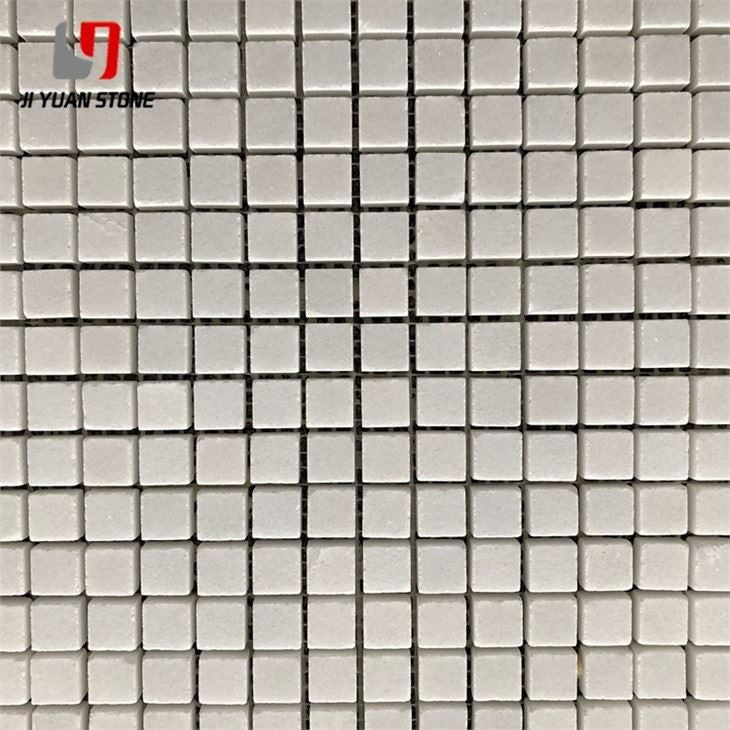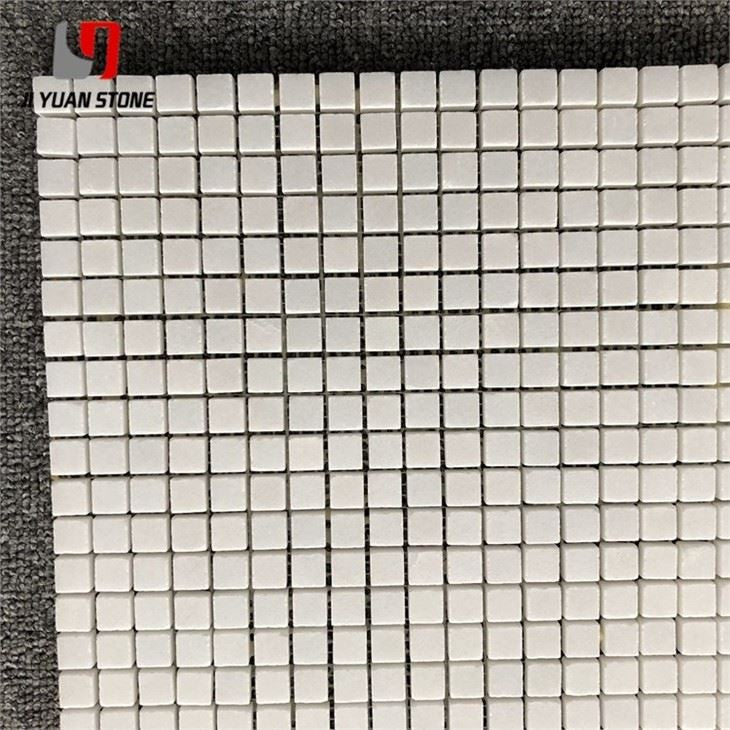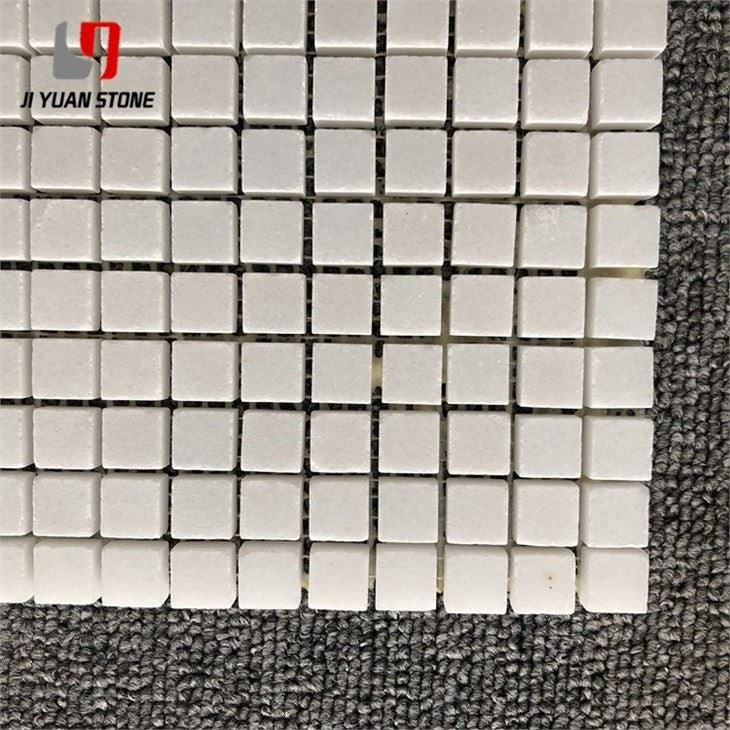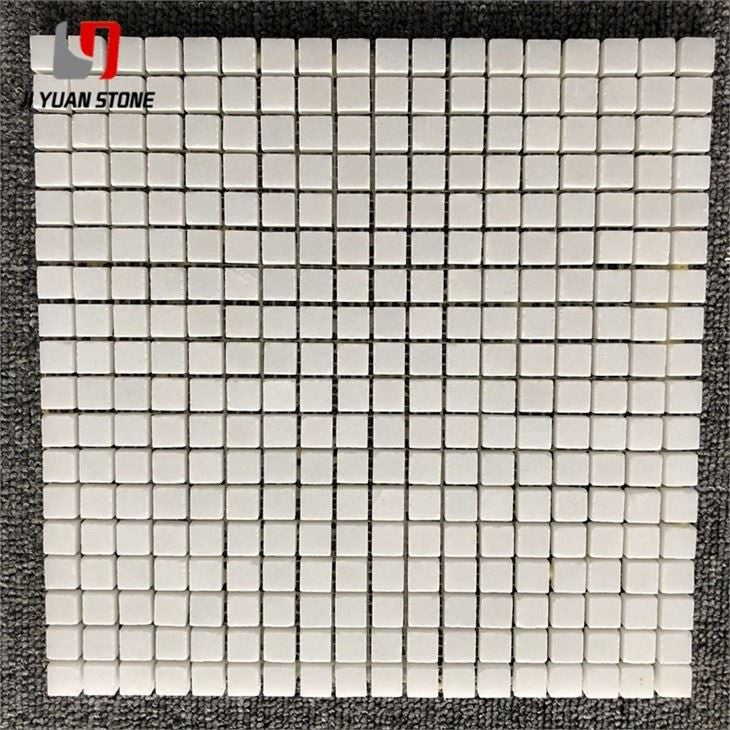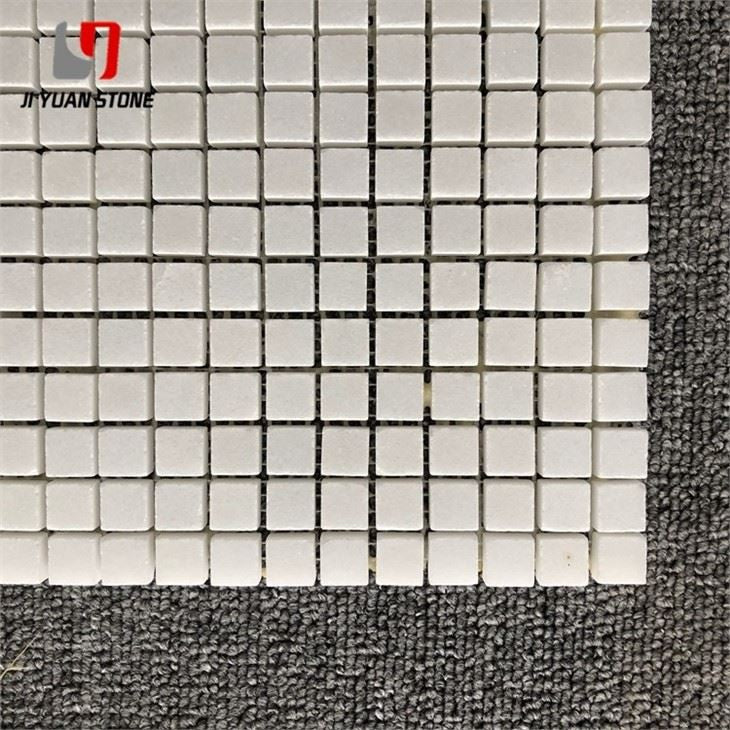Square Marble Mosaic Tile
Square Marble Mosaic Tile
Our Square Marble Mosaic Tile adds a touch of timeless elegance to any space. Crafted from high quality marble, these tiles feature a unique square design that allows for versatile installation. With its durable and luxurious material, this tile is perfect for both residential and commercial applications.
| Feature | Details |
|---|---|
| Material | Natural Marble Stone,Travertine,Limestone |
| Colour | As pictures show or customized |
| Shape | Square, Basketweave, Mini brick, Modern brick, Herringbone, Subway, Hexagon, Octagon, Mixed, Grand fan, Penny round, Hand clipped, Tesserae, Random strip, River rocks, 3D cambered, Pinwheel, Rhomboid, Bubble round, Circle bubble, Stacked, etc... |
| MOQ | Unrestricted |
| Sheet Size | 279x295mm , All sizes can be customized |
| Chip Size | 48mm |
| Material | Natural Marble |
| Surface Finishing | Polished / Honed |
| Color | White |
| OEM&ODM | Accepted, different designs can be customized |
| Usage | Interior & exterior commercial and residencial Decoration, Kitchen,Bathroom ,Livingroom, etc. |
| Packing | Carton + Wooden Crate |
| Usage tips | 1.Marble tiles: Grout these tiles after drying the laying mortar / adhesive with a natural stone-suitable, polymer-coated joint ingenuity for absorbent materials. |
The Evolution of Square Marble Mosaic Tile in Ancient Cultures
1. Sumerian Culture (Bronze Age, 2500 BC)
Originating in Mesopotamia, the Sumerians in the Mesopotamian Valley of West Asia were among the first to use square marble mosaic tile. They stitched together simple yet vivid mosaic patterns to enhance the stone walls of massive temples, reducing their monotonous appearance.
Notable Mosaic Pattern
- Sumerian Sun Dog
Material Used
- Stone
2. Erlitou Culture (Bronze Age, 19th–16th Century BC)
In China, the Erlitou culture produced turquoise inlaid artwork, discovered in the Xia Dynasty ruins. This demonstrates an early Chinese application of inlaid mosaic techniques.
3. Greek Culture (Iron Age, 900–500 BC)
Greek mosaics featured highly refined techniques and structured designs.
Distinctive Features
- Precise Placement: Each mosaic insert was carefully placed into cement.
- Narrow Gaps (Voids): The spaces between the tiles were kept minimal.
- Light Reflection: Inserts were positioned at a 13-degree inclination, allowing light to reflect uniquely and create a textured, three-dimensional appearance.
Material Used
- Stone
4. Ancient Roman Period (322 BC and Beyond)
During the height of the Roman Empire, mosaic art expanded beyond religious and royal settings into everyday life, marking the golden age of mosaic art.
Mosaic Art and Christianity
- The rise of Christianity encouraged the use of mosaics on walls, bringing a significant transformation to the art form.
- Early Christian mosaics were used in hidden worship spaces due to persecution. These artworks often depicted scenes from the life of Jesus Christ.
Roman Mosaic Innovations
- The Romans learned advanced square marble mosaic tile techniques from the Greeks.
- They refined the use of tiny mosaic pieces (tesserae), some as small as a few millimeters, allowing for highly detailed and lifelike images.
Famous Mosaic Work
- "Beware of the Evil Dogs" (Pompeii)
Share
